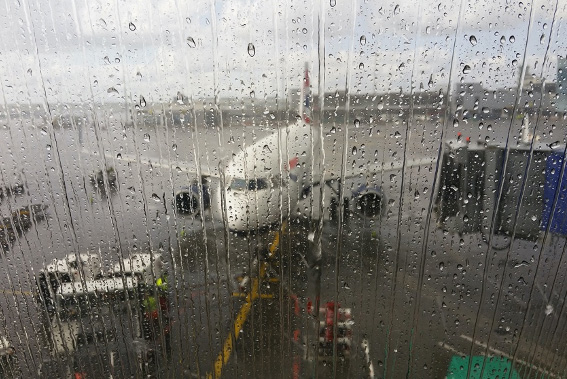Disruptive weather events are becoming more frequent and extreme as the climate changes. To become more resilient to weather phenomena, the CREATE exploratory research project developed several solutions to mitigate the climate impact and improve the long-term sustainability of air traffic management operations.
Aviation has a responsibility to mitigate its climate impact as part of global efforts to reduce anthropogenic climate changes. Air traffic operations have significant impacts on air quality, for example in areas adjacent to airports, where optimised trajectories can help to reduce emissions and help to protect human health and the environment.
The CREATE exploratory research project aimed to find potential solutions suitable for ATM as a response to the identified weather-induced (short term) operational challenges and aviation-induced environmental and climate (on the long term) effects and impacts. The designed solutions were the following:
Solution 1: Multi-scale multi-pollutant air quality system software, enabling the evaluation of the impact that the air traffic regulation policy options can have on the environment and climate. This solution is based on different software modules, capable of following the impact of aircraft emissions in the atmosphere at global/regional/local and micro-scales. Although each of these software modules has already been developed previously, their interaction and application in the aviation context is original and innovative. The main area of applicability of such a solution is to support the aviation community in estimating the extent of the environmental impacts that current and future air traffic movements might have.
Solution 2: Multi-aircraft environmentally-scored weather-resilient optimized 4D-trajectories in the flight execution phase, supporting the update and revision process of the reference business trajectory (RBT) in highly disrupted scenarios due to weather hazards or climate-sensitive zones. This solution integrates high-fidelity numerical weather and climate prediction models, while keeping the overall environmental impact of the multiple aircraft within a computational geometrical domain to a minimum and complying with ATM related constraints, to avoid exceeding the air traffic control (ATC) workload.
Solution 3: CO2 and non-CO2 balanced Environmental Scores Module, introducing a scoring module, specifically addressing the impact that CO2 and non-CO2 effects may have during the en-route flight phase. This solution is used within the Solution 2 framework to rank the candidate flight trajectories which are then used by the Trajectory Selector module to select the overall optimised trajectories scenario.
Feedback from the stakeholder community about the solutions has been positive and the project, which comes to an end, is encouraged to go further with the research within the context of Horizon Europe and SESAR 3 JU research and innovation programme.

This project has received funding from the SESAR Joint Undertaking under the European Union's Horizon 2020 research and innovation programme under grant agreement No 890898
